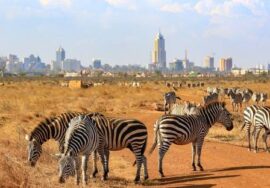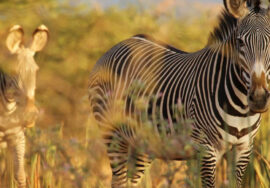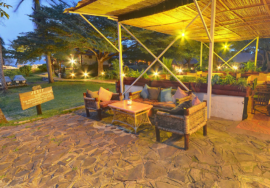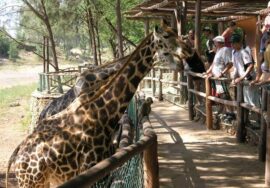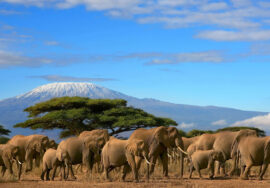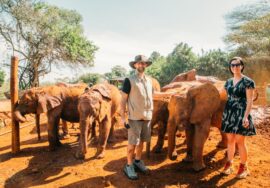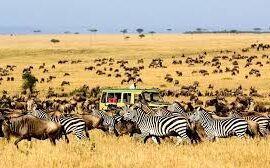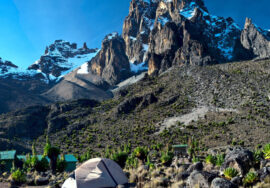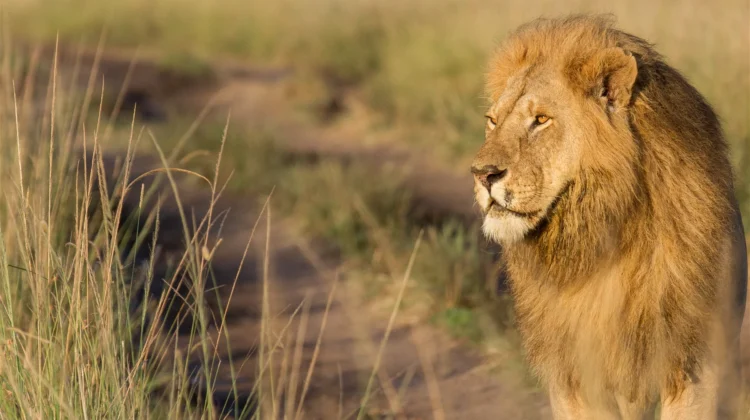
Maasai Mara National Reserves
Maasai Mara National Reserve
The Maasai Mara National Reserve is one of Kenya’s most iconic and celebrated wildlife destinations. Located in the southwestern part of the country, adjacent to the Serengeti National Park in Tanzania, the Maasai Mara is renowned for its incredible wildlife experiences, particularly the Great Migration, and its stunning landscapes. Here’s a comprehensive overview of what to expect from a visit to the Maasai Mara:
1. Wildlife Viewing
- Great Migration: The Maasai Mara is famous for hosting the Great Migration, one of the most spectacular wildlife events on the planet. From July to October, millions of wildebeest, zebras, and gazelles cross from the Serengeti into the Mara in search of fresh grazing. This dramatic migration includes river crossings, which are a highlight of the experience.
- Big Five: The reserve is home to the Big Five—lion, leopard, elephant, buffalo, and rhino. The Mara’s diverse habitats offer excellent opportunities for spotting these iconic animals.
- Predators: The Maasai Mara is known for its high concentration of predators, including lions, cheetahs, and hyenas. The reserve’s open plains are ideal for observing these predators in action.
- Birdlife: With over 500 bird species recorded, the Maasai Mara is a birdwatcher’s paradise. Key species include the ostrich, secretary bird, and various raptors.
2. Scenic Beauty and Landscape
- Savannah Plains: The Maasai Mara’s expansive savannahs provide a classic safari landscape with wide-open spaces, dotted with acacia trees and occasional kopjes (rocky outcrops).
- Rivers and Waterholes: The Mara River and Talek River run through the reserve, providing vital water sources for wildlife and opportunities for dramatic river crossings during the Great Migration.
- Hills and Viewpoints: The reserve has several elevated viewpoints, such as the Mara Triangle, offering panoramic views of the landscape and wildlife below.
3. Activities
- Game Drives: The primary activity in the Maasai Mara is game driving. Safaris are conducted in 4×4 vehicles, offering the best chance to observe and photograph wildlife in their natural habitat. Morning and evening drives are ideal for spotting animals.
- Hot Air Balloon Safaris: For a unique perspective, hot air balloon safaris provide breathtaking aerial views of the Mara’s landscapes and wildlife, followed by a champagne breakfast on the savannah.
- Walking Safaris: Some lodges offer guided walking safaris, allowing visitors to explore the reserve on foot and learn about the smaller details of the ecosystem.
- Cultural Visits: Engage with the Maasai community to learn about their traditions, culture, and way of life. Cultural visits can include traditional dances, craft workshops, and visits to Maasai villages.
4. Accommodation
- Luxury Lodges and Camps: The Maasai Mara offers a range of luxury lodges and tented camps that provide comfort and exceptional views of the reserve. Many of these accommodations offer all-inclusive packages, including meals, game drives, and other activities.
- Mid-Range and Budget Options: There are also mid-range lodges and budget camps that offer a more affordable safari experience while still providing good amenities and access to the reserve’s attractions.
- Mobile Camps: Some safari operators offer mobile camps that move with the migration, positioning themselves near key areas for optimal wildlife viewing.
5. Best Time to Visit
- Great Migration: To witness the Great Migration, plan your visit between July and October. This is when the herds are most active in crossing the Mara River and grazing in the Maasai Mara.
- Dry Season: From June to October, the weather is generally dry, and wildlife is more concentrated around water sources, making it easier to spot animals.
- Wet Season: The wet season from November to May brings lush landscapes and fewer tourists, but roads can be muddy, and some wildlife may be more dispersed.
6. Practical Tips
- Park Fees: There are entry fees for the Maasai Mara, which vary for international visitors, residents, and citizens. It’s advisable to check current rates before your visit.
- Accessibility: The Maasai Mara is accessible by road from Nairobi, with a drive taking approximately 5 to 6 hours. There are also scheduled flights from Nairobi to airstrips in the reserve.
- Health Precautions: Take necessary health precautions, such as anti-malarial medication, and bring sun protection and insect repellent.
7. Conservation and Community
- Conservation Efforts: The Maasai Mara is involved in various conservation programs aimed at protecting wildlife and their habitats. Efforts include anti-poaching measures and community conservation initiatives.
- Community Engagement: The reserve works with local Maasai communities to promote sustainable tourism and provide benefits from wildlife conservation to the local population.
The Maasai Mara National Reserve offers a quintessential safari experience with its diverse wildlife, breathtaking landscapes, and cultural interactions. Whether you’re drawn by the Great Migration or the chance to see the Big Five, the Maasai Mara provides a memorable and immersive safari adventure.

